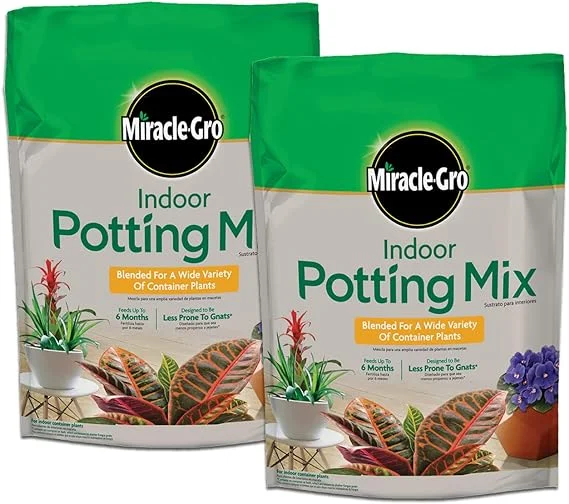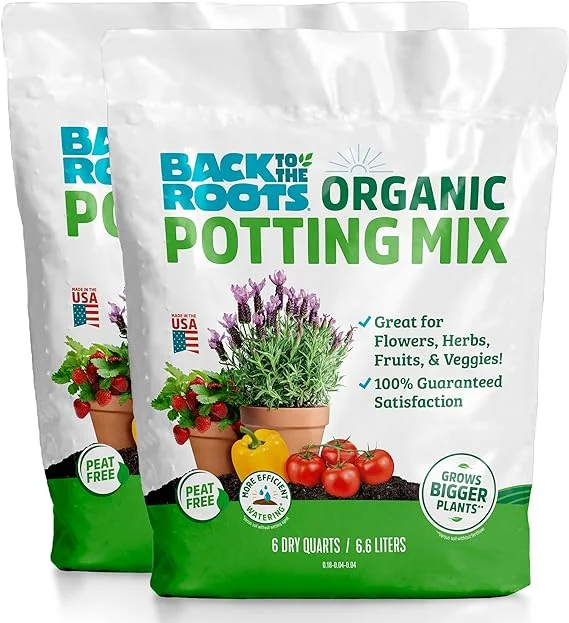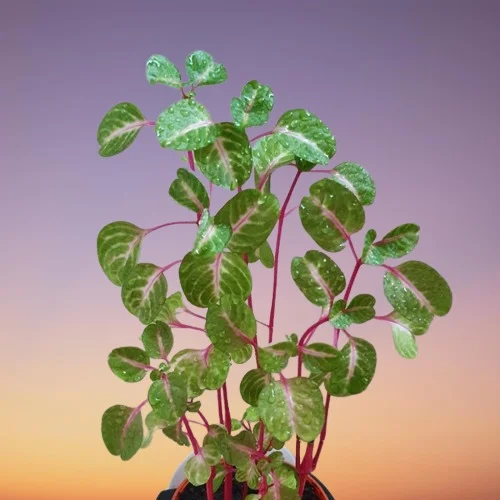13 Reasons Why Bloodleaf Plant is Wilting and Drooping Leaves (with Solutions)
Some links in this post may be affiliate links
Wilting and Drooping in Bloodleaf Plant (Iresine herbstii) may be caused by too little light, pests infestations, wrong soil, nutrients deficiency, inconsistent watering, root-rot among others.
Iresine herbstii also called Beef Steak Plant or Red Iresine are easy-care plants which thrive in very bright light with 4-6 hours of direct sunlight, warm and humid conditions and consistently moist, rich, well-drained soils coupled with fortnightly feeding during the growing season. Learn more on how to grow and care for Iresine herbstii (Bloodleaf Plant).
If the correct growing conditions are not present, the plants may develop some problems. Wilting and droopy leaves may occur in Bloodleaf Plant when the leaves lose their stiffness and begin to wilt and become droopy.
The reasons for wilting and droopy leaves are many and varied. We have outlined herebelow 13 reasons why Bloodleaf Plant may wilt and droop and how to fix them.
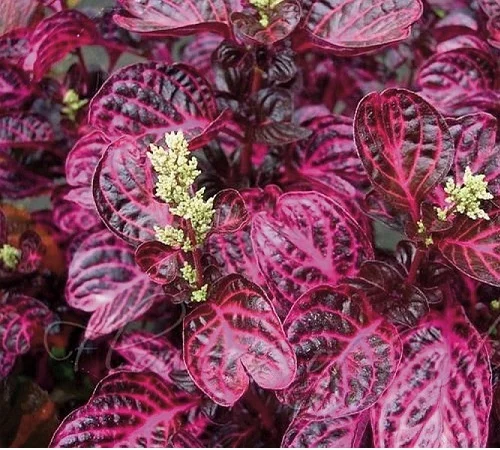
13 Causes of Bloodleaf Plant wilting and drooping
1. Too Little Light
Bloodleaf Plant requires adequate light to make food that is needed for energy and growth. Inadequate light implies that the plant cannot make enough food for energy and growth.
In an attempt to save energy, the leaves begin to die and this begins with wilting and drooping leaves. This way, the energy available is saved for the plant's vital functions inorder to keep alive.
How to fix it
Cut back the stems to rejuvenate growth and move the plant to a brighter spot where it will receive very bright light with 4-6 hours of direct sunlight or instal full spectrum grow lights if you do not have adequate lighting in your home.
Regularly clean the leaves to get rid of dust by damp wiping with a soft cloth to ensure that maximum surface area of the leaf is exposed for light absorption.
2. Pest Infestations
Bloodleaf Plant is prone to aphid infestations. These pests attack the new growth from where they suck the plant sap which causes the plant to become dehydrated and results in wilting and drooping.
How to fix it
Regularly inspect your Bloodleaf Plant for the pests and take timely control measures to minimize the likely damage.
To get rid of the pests, treat the plant with appropriate products like neem oil or insecticidal soap as per the manufacturer's instructions.
To discourage pests infestation, regularly clean the leaves by damp wiping with a soft cloth and keep the plant properly pruned.
In addition, to discourage pest infestaions, set the pot on a wet pebble tray or use a cool mist humidifier to increase humidity.
3. Wrong Soil
Poor quality soil does not drain easily and therefore it easily becomes compacted or soggy which can negatively impact the growth of the plant.
Bloodleaf Plant requires loose, free-draining soil that does not hold excessive amounts of water as soggy soil can lead to root-rot disease and eventual death of the plant.
How to fix it
Pot the Bloodleaf Plant in good quality soil; a loose, free-draining soil that is rich in organic matter is ideal. A blend of 2 parts of all purpose potting mix and 1 part perlite is perfect for this plant.
4. Fertilizer Burn
Overfeeding your Bloodleaf Plant will cause the roots to die due to fertilizer burn. When the roots die, they cannot take up water to the leaves. Since the leaves will lose water at a greater rate than it is being replaced, they will begin to wilt and droop.
How to fix it
Take care not to overfeed your Bloodleaf Plant. Do not feed in fall and winter as growth is reduced at this time therefore, feeding at this time will kill the roots.
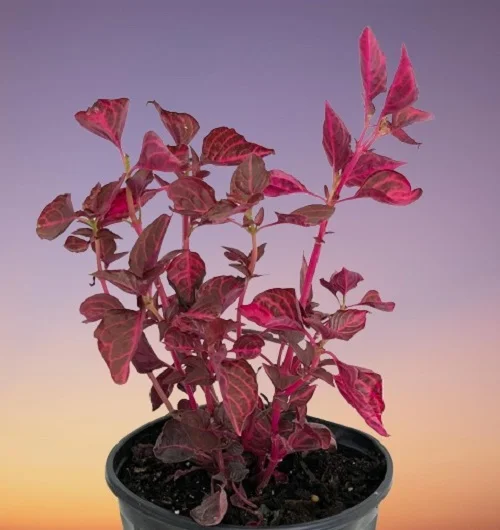
5. Nutrients Deficiency
Underfeeding Bloodleaf Plant implies that the plant is not getting enough nutrients need for growth and energy. Inadequate nutrients in the actively growing tips causes nutrients to be withdrawn from the older lower leaves which begin to wilt and droop.
How to fix it
Feed your Bloodleaf Plant fortnightly in spring and summer with a balanced, liquid fertilizer to promote a lush growth. Take care to follow the instructions on the label of the plant food.
6. Root-rot Disease
Bloodleaf Plant is prone to root-rot which is enhanced by soggy soil. The disease is characterized by wilted, discolored leaves, corky swellings under the leaves, drooping leaves which eventually drop.
When the soil is soggy, the oxygen concentration in the soil is reduced which causes the roots to die. Once the roots die, they cannot take up water to the leaves. The leaves begin to wilt, droop and eventually drop.
How to fix it
Remove the Bloodleaf Plant from its pot and inspect the roots. Brown-black mushy roots indicate root-rot, trim them off and treat the healthy roots with a fungicidal solution as indicated by the manufacturer.
Disinfect the pot or use a fresh pot to repot the plant in fresh, loose, free-draining soil.
Do not water the plant and keep it dry for some time before resuming watering.
7. Being Pot-bound
If your Bloodleaf Plant is pot-bound, the roots have filled the pot and there is very little soil to hold water when you water the plant.
Therefore, there is no water for the plant to take up to the leaves. The leaves loss their stiffness, they wilt and droop.
How to fix it
Check the bottom of the pot for roots growing through the drainage hole. Repot the plant into a pot one size larger than the current one. Take a look at these self watering planters with drainage hole on Amazon.
8. Soggy Soil
Too much water in the soil reduces the oxygen concentration in the rootzone which causes the roots to die. If the roots die, they cannot take up water to the upper parts of the plant including the stems and leaves. These parts lose their firmness, which causes the leaves to wilt and droop downwards.
How to fix it
To avoid soggy soil, ensure that the pot has a drainage hole and the soil is loose and drains easily without holding excess water.
At the same time, decrease watering in fall and winter to maintain the soil barely moist as growth is minimal at this time thus the plant does not require much water.

9. Inconsistent Watering
Underwatering Bloodleaf Plant implies that there is too little moisture in the soil, thus it cannot be taken up to the leaves and other parts. Therefore, water lost by the leaves cannot be replaced causing the leaves to lose their turgity, they wilt and become floopy and droopy.
Overwatering Bloodleaf Plant results in soggy soil. Too much water in the soil reduces the oxygen concentration in the rootzone which causes the roots to die resulting in loss of firmness, which causes the leaves to wilt and droop downwards.
How to fix it
Do not water on a schedule, Water when the top 1-2 inches of soil dry out but never allow the soil to dry out completely.
10. Temperature Stress
Bloodleaf Plant flourish in an average warmth of 18-260C. Extreme temperatures will cause stunted growth, wilting and drooping leaves.
How to fix it
Keep the Bloodleaf Plant away from sources of drafts like AC units, Windy doors, hot surfaces, hot vents and others.
Avoid watering with too cold water to prevent cold shock; use room temperature water.
11. Low Humidity
Bloodleaf Plant requires a humidity of of 55-65% to thrive and for a lush growth. Very low humidity will result in dehydration of the leaves causing them to lose their turgidity and therefore wilt and droop.
How to fix it
To elevate humidity, group the plants together, set the pot on a wet pebble tray or use a cool mist humidifier.
You can also grow the Bloodleaf Plant in a well-lit bathroom, laundy area and other moist areas in the home.
12. Salts Buildup
Excess soluble salts in the soil from the water or excess feeding will prevent the Bloodleaf Plant roots from taking up water due to the high concentration of salts.
Plant roots absorb water by osmosis, therefore, a high concentration in the soil will prevent water from moving from the soil into the plant system. As such, since the leaves water loss is greater than the replacement, they lose their firmness, wilt and become droopy.
How to fix it
Regularly flush out accumulated salts from the soil by running a stream of water through the soil until it comes out through the drainage holes and repeat the process several times.
13. Repotting Shock
Repotting Bloodleaf Plant will cause it some shock which may lead to some leaves wilting and drooping before it can adjust to the new growing conditions.
How to fix it
To minimize repotting shock, water your Bloodleaf Plant thoroughly one day before repotting as a well hydrated plant experiences less shock.
Do not make too many changes at once. For instance, after repotting, maintain the plant in the same location until it is well established before moving it to a new location.
You liked it? Share on social media.
Related Content
Amazon Associates Disclosure
Homeplantsguide.com is a participant in the Amazon Services LLC Associates Program, an affiliate advertising program designed to provide a means for sites to earn advertising fees by advertising and linking to amazon.com.

